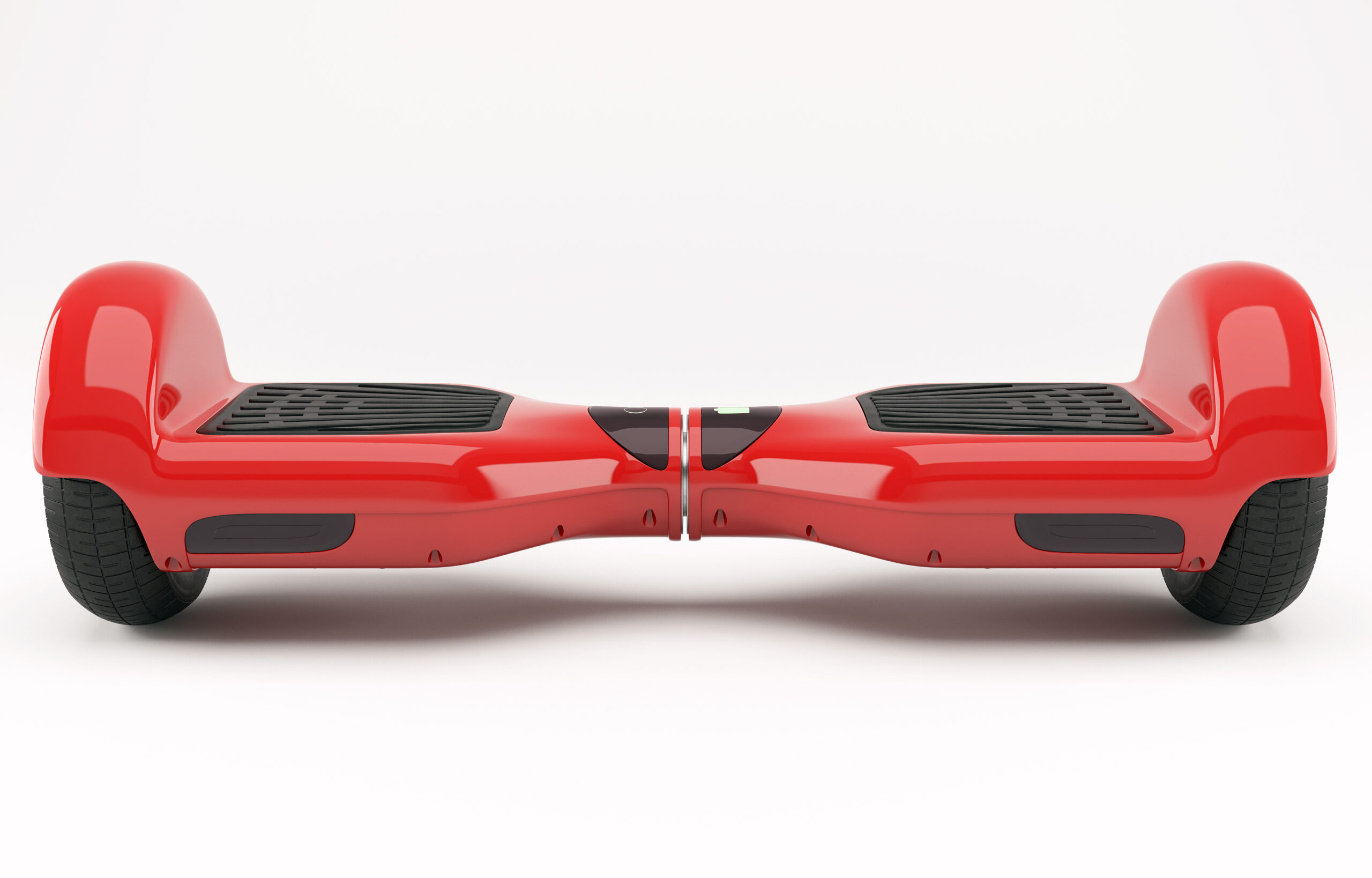THE ANATOMY OF THE BATTERY

Have you ever had your phone turn off when it was cold, even with a fully charged battery? Or remember the hoverboard scooters that had issues with the batteries overheating and causing fires? In both scenarios, sensitivity to temperature was the root cause for these malfunctions.
A battery is an electro-chemical energy conversion device that converts chemical potential energy to electrical energy. During the conversion process two molecules react and release an electron directly into the circuit – this yields two new molecules, or products. The typical battery used in portable electronics is a Lithium Ion. Lithium is the 3rd element on the periodic table and holds one valence electron. This means it is happy to give up/share its electron in order to reach a more stable energy state. In releasing the electron, lithium becomes a positively charged ion. The electron is then captured and directly used as electric energy. A battery will not begin to react until the circuit is closed. When temperatures drop, molecules slow decreasing the reaction rate which limits the available electrical energy.
…And THIS is why your battery capacity appears much lower in frigid temperatures. While the battery has the right chemical components with which to react, they don’t have enough energy to move and therefore won’t convert the chemical potential energy into electrical energy.
On the flip side, the Lithium Ion reaction is exothermic which means it give off heat. That is why you may notice some of your electronics warming in a particular location, especially when sitting on an insulating material. But don’t worry, your phones and other electronic systems have safety devices in places that will detect the temperature rise. When a temperature rise occurs either due to high power drawl or a warm environment the circuit will open ending the chemical reaction and turning off the phone.
The exothermic nature of a lithium ion battery was not the cause of those hover boards nor the Galaxy Note 7 bursting in flames. The hoverboards battery had a defect that created an electrical short. That electrical short lowered the internal resistant of the battery. Given the equation V=IR, V: voltage, I: current, and R: resistance; with V held constant and R decreased, I will rise. If P=I2R then a rise in current equals a rise in power and therefore a rise in heat. This is a rare occurrence and only when batteries are not made properly; however, with proper thermal management these extreme cases can be lessened.
